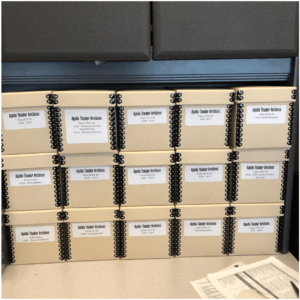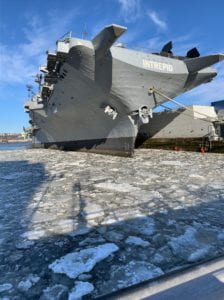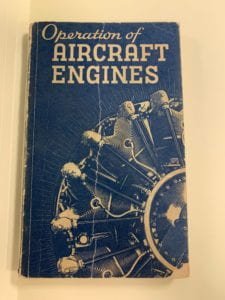This past spring semester (2019), APH student Alec Ferretti interned at the New York Historical Society in New York City. Below you’ll find Alec’s blog post about his experience.
—————————————————————————————————————————————————————-
Hello, I’m Alec Ferretti, and I’m finishing up my Masters in Archives. I have set aside every Monday of this semester to intern at the New-York Historical Society, processing backlogged collections in their manuscripts division.
I spent most of my time working with the Irving Olds papers. Olds was an interesting man whose name has been somewhat lost to history. Born in the late 19th century in Pennsylvania, Olds went on to graduate Yale and Harvard with law degrees, and become a clerk for Supreme Court Chief Justice Oliver Wendell Holmes. He later took a position at one of the world’s largest law firms, White & Case, and eventually became a partner there. Through his business dealings, he built relationships with the management of U.S. Steel, and was appointed its Chief Executive Officer in 1940, a position in which he served for 12 years. Upon his retirement, he maintained a long list of social contacts, and was involved in many philanthropic activities in the greater New York area.
Part of the difficulty of processing this collection was that the meat and potatoes had been excised before N-YHS had gotten it. Presumably, his Holmes papers are with Holmes; his White & Case papers are with White & Case, and his U.S. Steel papers are with U.S. Steel. I hope they are at least, because they weren’t here! What remained were truly his personal papers, records of pleasantries exchanged between him and his associates, historical records passed down through his family, personal financial records, pertaining to his taxes and properties. I had to figure out how to highlight the humdrum records of someone who was in actuality a very interesting man.
Olds knew many interesting people, so some of the more gripping parts of the collection were in the photographs. I came across a portrait of Olds with New York City Mayor Robert Wagner, and it was signed by the mayor himself. Around 1960, Olds traveled to Moscow as part of a delegation planning the World’s Fair, and even appeared in a group shot with the then Soviet Foreign Minister Andrei Gromyko. There were fancy portraits of prominent attorneys at White & Case, and there were many shots from Cooper Union, where Olds served on the board of directors.
When all was said and done, I had managed to process over 18 linear feet of material, and actually had time to create a much smaller finding aid for a second collection, one of the records of a Veteran’s Club of which I find no record online. Perhaps in the future, these collections will help bring to light both Olds’ and the club’s legacies.


